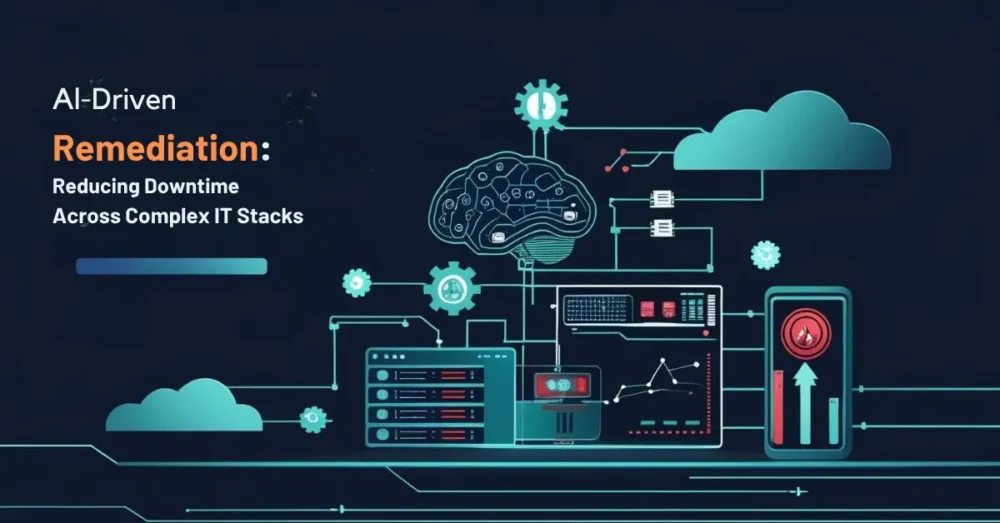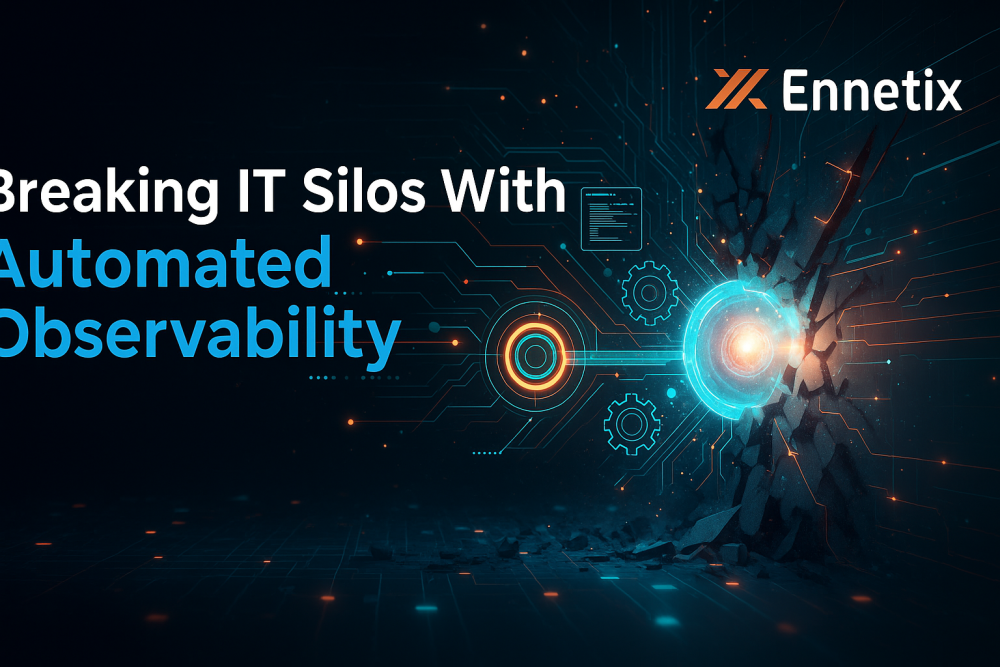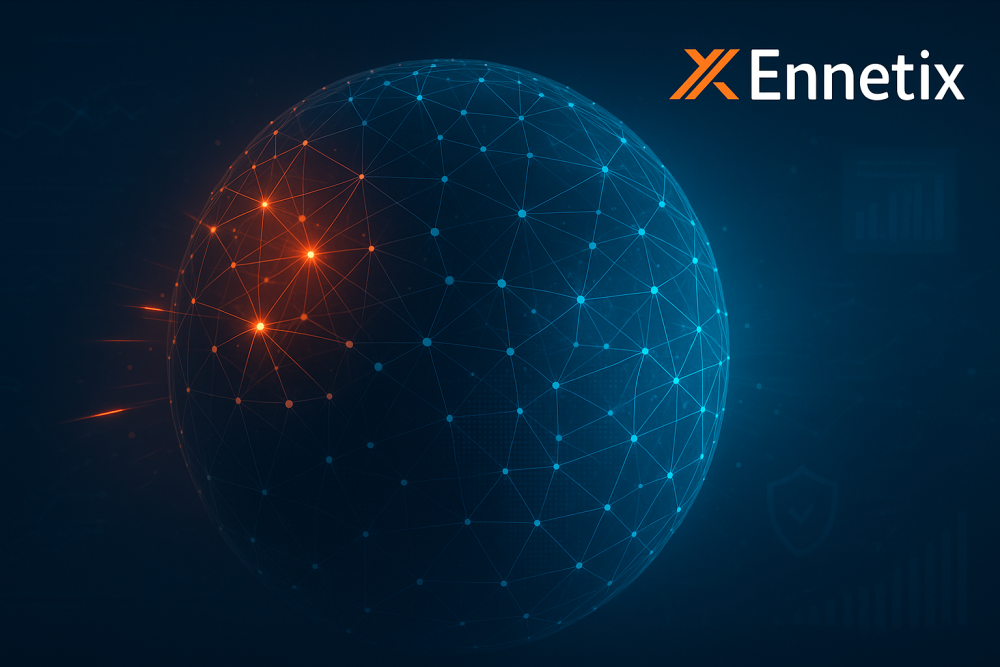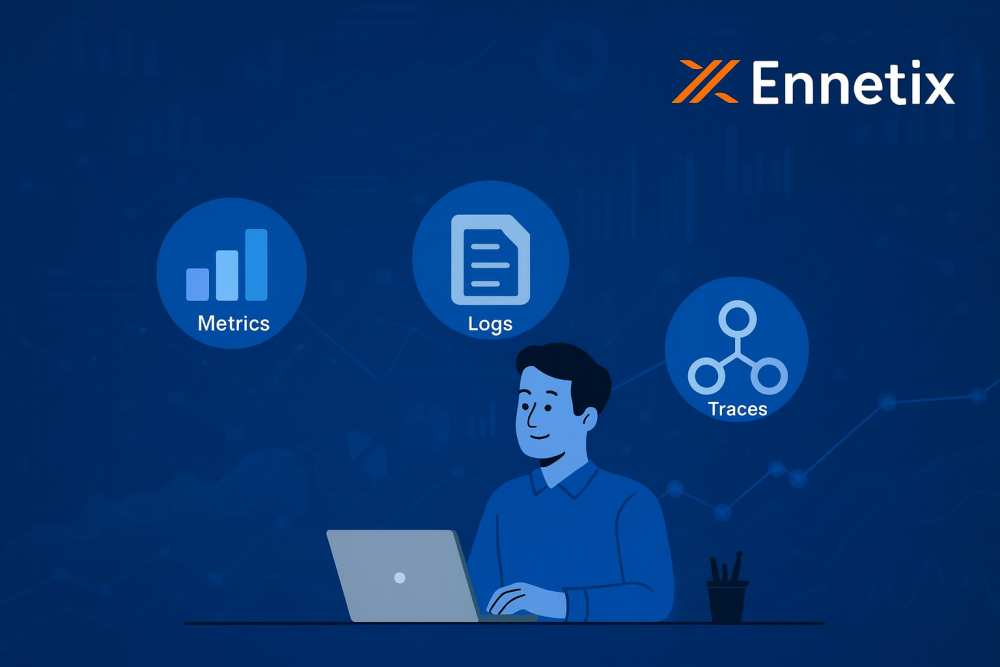
Top Cyber Threats in 2025 and How AIOps Can Help Defend Against Them
June 24, 2025
Situational Awareness vs. Threat Intelligence: What’s the Difference and Why You Need Both
August 9, 2025In today’s digitally dependent enterprises, even minutes of unplanned downtime can cost thousands—or even millions—in lost revenue, disrupted operations, and reputational damage. As IT stacks grow more complex across cloud, on-premises, and hybrid environments, the traditional break-fix approach to incident response is no longer viable.
AI-driven remediation, powered by modern AIOps platforms like xVisor, is revolutionizing how businesses detect, respond to, and resolve IT incidents. By automating root cause identification and triggering intelligent recovery actions, organizations can dramatically reduce downtime and enhance performance across the board.
The Downtime Dilemma in Modern IT
From microservices and APIs to virtual machines and distributed databases, IT ecosystems are increasingly fragmented and interdependent. A small failure in one component can trigger cascading effects across the infrastructure.
Common challenges:
- Delayed incident detection
- Siloed monitoring tools
- Manual diagnostics and slow response
- Lack of root cause clarity
- High MTTR (Mean Time to Repair)
These factors make it difficult for IT teams to maintain uptime while scaling innovation. That’s where AI-driven remediation comes in.
What Is AI-Driven Remediation?
AI-driven remediation is the process of using artificial intelligence and machine learning models to detect anomalies, analyze incident patterns, identify root causes, and automatically trigger resolution workflows—without manual intervention.
Modern AIOps platforms like xVisor combine observability data, behavioral analytics, and historical incident logs to make autonomous decisions in real time.
How AI-Driven Remediation Reduces Downtime
1. Automated Root Cause Analysis
- AI identifies the actual source of a failure—be it a misconfigured service, network latency, or application bug—by correlating telemetry across layers.
- Reduces time spent on guesswork and manual log analysis.
2. Self-Healing Capabilities
- Once the root cause is known, AIOps can initiate pre-defined automated remediation playbooks.
- Examples: restarting services, rolling back deployments, rerouting traffic, or resetting configurations.
3. Proactive Problem Detection
- Predictive models detect patterns that signal potential failures before they occur, enabling preemptive action.
4. Integrated Observability
- AI-driven platforms unify data from servers, endpoints, applications, and user behavior to provide context-rich alerts—eliminating alert fatigue.
5. Continuous Learning
- Each incident enriches the AI model’s knowledge base, enabling faster and smarter remediation over time.
Real-World Impact of AI-Driven Remediation
Organizations that adopt AI-driven remediation experience:
- Up to 60% faster incident resolution
- 30–50% reduction in unplanned downtime
- Significant improvements in SLA compliance
- Fewer escalations to L2 and L3 teams
- Higher IT team productivity and morale
Why Ennetix xVisor Is Built for Intelligent Remediation
At Ennetix, our flagship platform xVisor is engineered with AI-driven remediation at its core. It provides:
- Holistic observability across your IT environment
- Real-time anomaly detection
- Automated issue triaging and resolution
- Cross-domain insights for end-to-end visibility
Whether you’re operating on cloud, on-premise, or hybrid infrastructure, xVisor helps you minimize disruption and ensure consistent digital performance.
Final Thoughts: From Reactive to Autonomous IT Operations
The future of IT operations lies in autonomy. Manual firefighting must give way to intelligent, automated, and proactive incident management. With AI-driven remediation, enterprises can not only reduce downtime but also build more resilient, agile, and cost-efficient IT environments.
Want to see AI-driven remediation in action?
Discover how xVisor delivers zero-downtime assurance ➝












